FiiO FT3
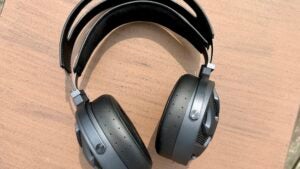
Make allowances – for the capable, for the impedance – and the FiiO FT3 turn out to be a bargain. An anachronistic bargain, sure, but a bargain nevertheless
Pros
- Organised, balanced and engaging sound
- Expertly specified, built and finished
- Extensive connectivity options
Cons
- Too much cable
- Midrange can sound overstated
- Will make your head hot sooner or later
Availability
- UKRRP: £289.99
- USARRP: $299
- EuropeTBC
- CanadaTBC
- AustraliaRRP: AU$449
Key Features
- Connections3.5mm, 4.4mm, 6.3mm and XLR-4 connections
- EarpadsChoice of suede or pleather
- Speakers60mm full-range dynamic drivers
Introduction
How far into left-field do you have to go before you come back with some wired over-ear headphones? With the FT3, though, FiiO has made the journey worthwhile…
The FiiO FT3 are on sale, and in the UK they’ll set you back £289 for a pair. In the United States they’re an even more eye-catching $299, while in Australia you’re looking at AU$449.
Alternative wired over-ear headphones at this sort of money aren’t exactly numerous, but the best rivals are worthy of respect. Grado’s SR325x, for example, aren’t much more expensive – and their sound quality is such that it’s all too easy to overlook their rather agricultural aesthetic.
Design
- Choice of suede or pleather earpads
- 391g weight
- open-backed configuration
You know not much has happened by way of design when the most notable visual feature of a pair of over-ear headphones is their two-tier headband arrangement. Still, that’s probably sensible – no one wants (or is expecting) to be startled by some radical reinvention of the over-ear headphones template. The FiiO FT3 look more-or-less as you’d expect, and they’re all the better for it.
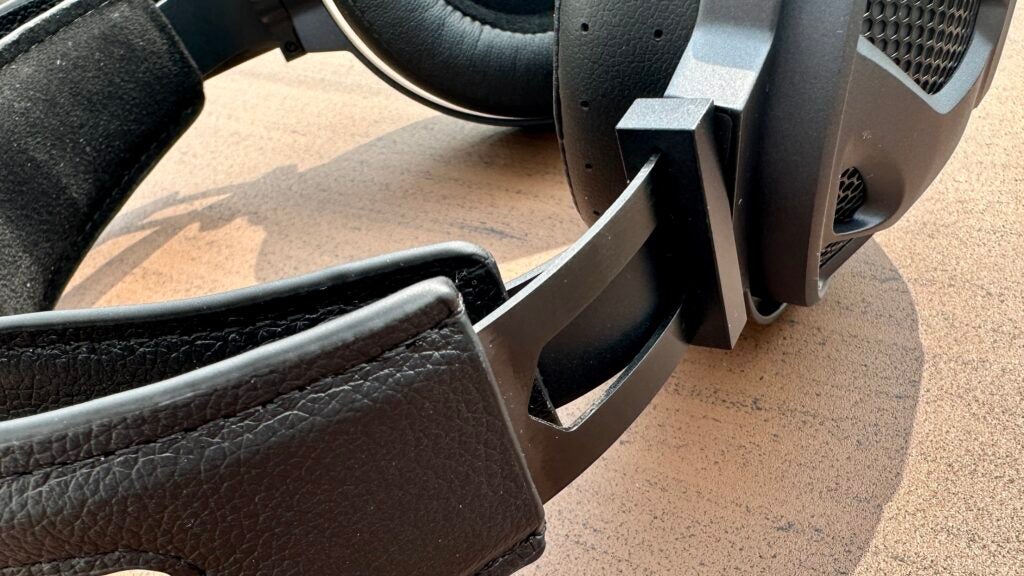
The open-backed earcups add a bit of visual pizazz (just a bit, mind) thanks to their stylised aluminium alloy framing ahead of some honeycomb mesh. The yokes and hangar mechanism are of aluminium alloy too, and the earcups move through three axes in order to ensure a comfortable fit for all but the most modestly sized heads. The first part of the headband arrangement adjusts for fit, while the outer part is seemingly there simply to make the wearer look taller.
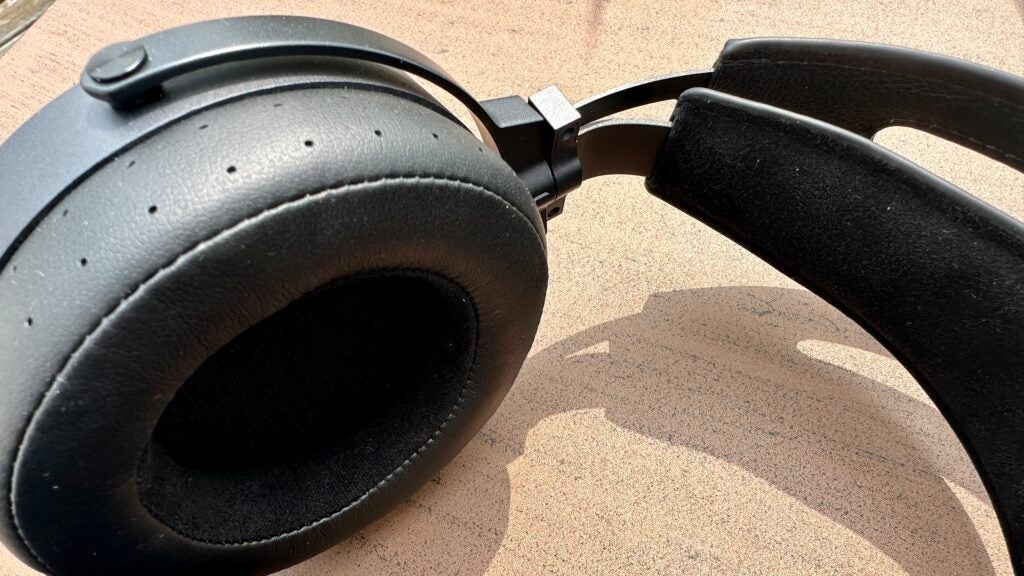
Protein leather covers the headband(s), and there’s more of the material covering the memory foam of the earpads. One pair of the earpads, anyway – FiiO supplies a suede-covered second pair, and suggests the FT3 sound a little different depending on which earpad material you decide to use. It doesn’t mention the ear-heat issues that can arise, though, if you decide you like the sound and the feel of the suede-covered earpads…
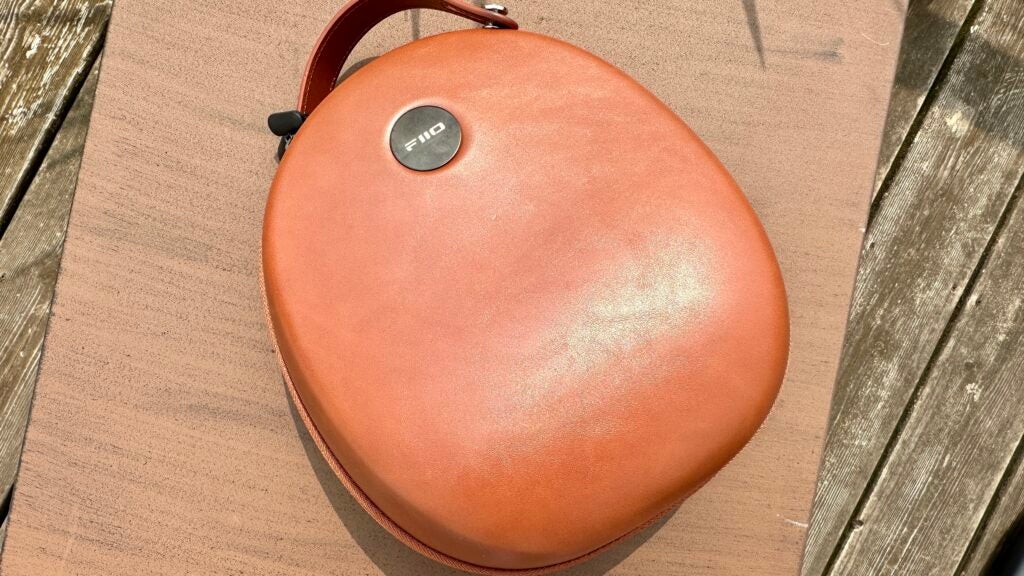
Features
- 3.5mm, 4.4mm, 6.3mm and XLR-4 connections
- 60mm full-range dynamic drivers
- 3m cable
Not every source of music has a headphone socket these days, of course – but it seems safe to say that if your music player has one, the FiiO FT3 will be able to connect to it. The three metres of cable has a couple of 3.5mm connections at one end (because each earcup must be wired) and can be fitted with either a 3.5mm jack or a 4.4mm balanced alternative at the other end.
In addition, FiiO supplies a 6.3mm adapter for use with the 3.5mm jack, and an XLR-4 adapter for use with the balanced 4.4mm jack. Which means connectivity is covered.
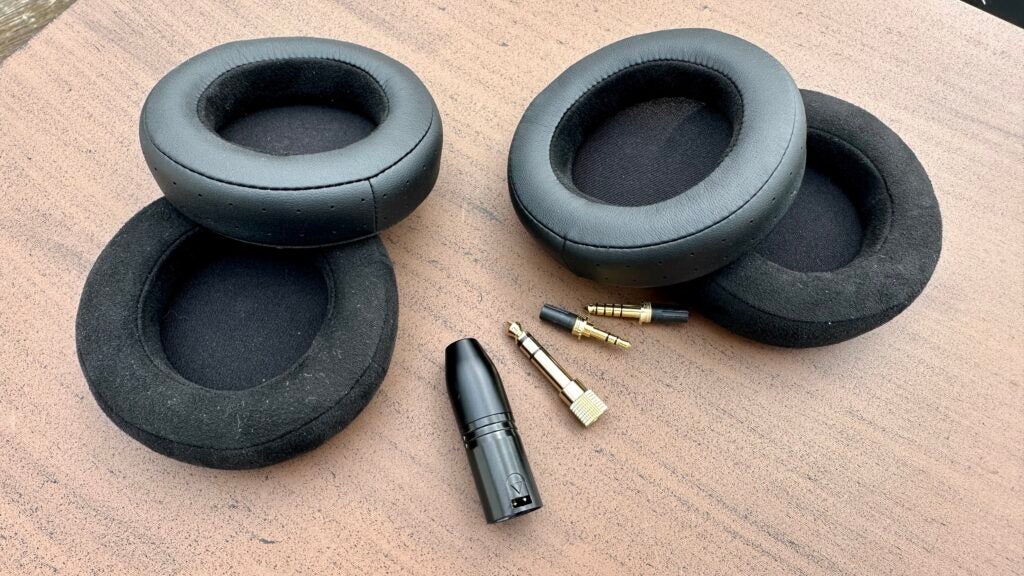
The cable is a story all by itself. It’s supplied by Furukama, a Japanese company that hit on a successful method of annealing monocrystalline copper cable about a decade ago – its properties proved very useful for high-end audio applications.
Despite this, though, Furukama ceased production of the cable almost as soon as it had started – but not before FiiO (a company with no headphones whatsoever in its portfolio at this point) had purchased nearly $50K’s-worth. Which makes the decision to supply the FT3 with a tangle-tastic three metres of the stuff seem curious…
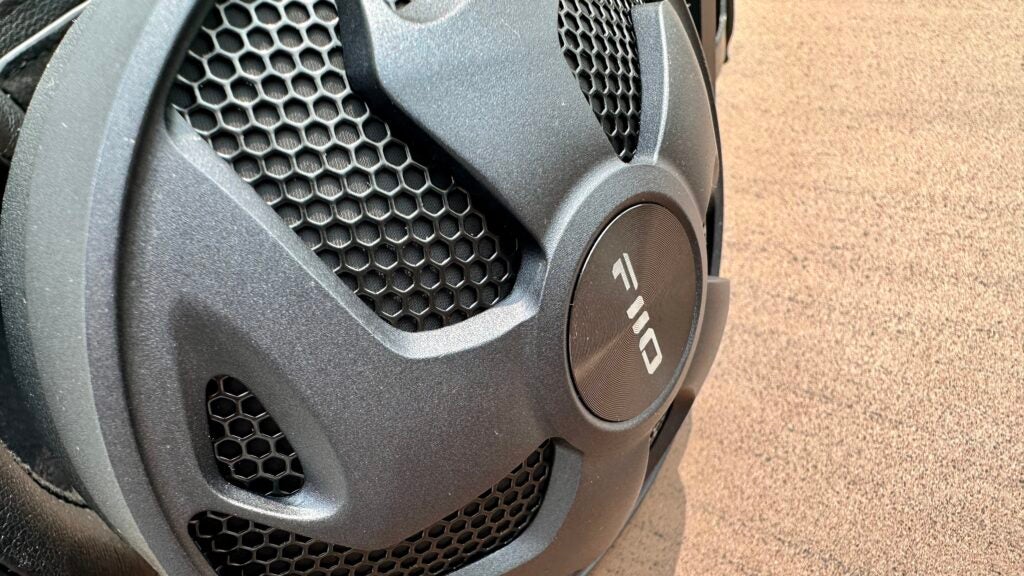
Once the cable is connected at each end, sound is served up by a pair of sizable (60mm) dynamic drivers. FiiO uses diamond-like carbon for the driver diaphragm – it’s strong, light and offers admirable frequency response and break-up resistance. The driver gasket, meanwhile, is coated in Beryllium – again, for reasons of strength and stiffness. The voice coil behind each driver is of copper-clad aluminium, which ought to help overcome the inertia that such a big driver might conceivable suffer from.
FiiO has ended up with a 350Ω impedance rating for the FT3, which is unarguably higher than is ideal – you’ll need a reasonable amount of electrical poke to get the best from these headphones. Which, let’s face it, is unlikely to be available via the headphone socket of your laptop…
Sound Quality
- Clean, neutral, and balanced sound
- Slightly midrange-centric
- Different earpads produce (slightly) different results
Let’s assume you’ve got sufficient electrical impetus available to give the FT3 the drive they need – a headphone amp, say, or a bit of rugged full-sized audio equipment. Let’s assume you’ve attached the suede-covered earpads. Let’s say you’re listening to a big (24-bit/192kHz) file of Sam Smith’s I’m Not Here To Make Friends. It’s safe to say the FiiO FT3 are an engaging and enjoyable listen – even more so when you remind yourself of the asking price.
Tonally, they’re quite neutral and uncoloured – the sound you get is very much the sound of your source equipment, with the FT3 more than happy to just get out of the way. Low frequencies are deep (not the claimed 7Hz deep, but plenty deep enough nevertheless), robust, detailed and nicely controlled – the tune’s dancefloor credentials are given full expression.
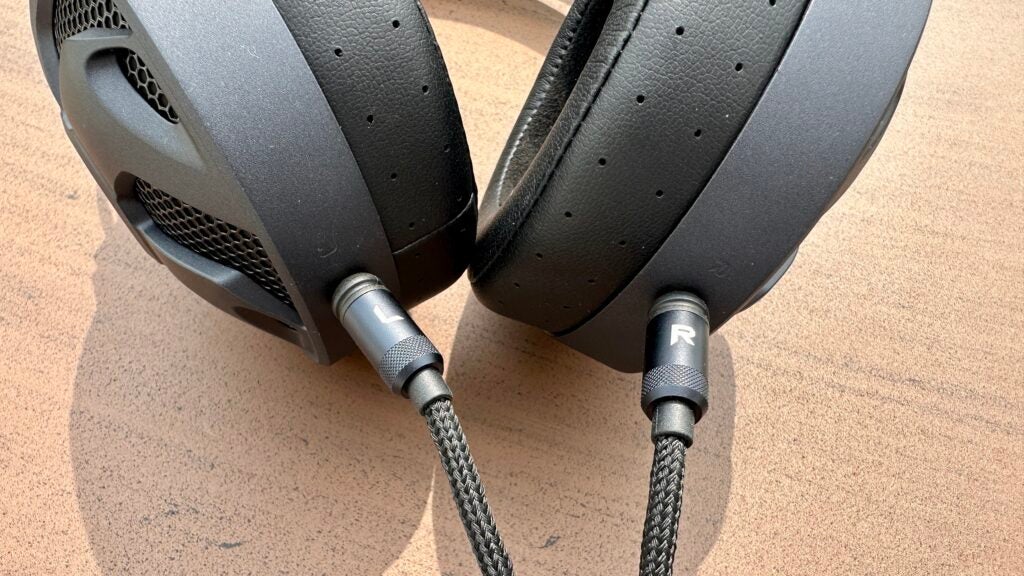
There’s a nice combination of weight and momentum to the bass the FiiO generate, and it makes for a front-foot presentation. There’s similar attention to detail apparent at the opposite end of the frequency range. Treble sounds don’t attack with quite as much determination as the bass equivalents, but despite this there’s still plenty of brilliance and substance to the top end.
The line from the bottom of the frequency range to the top bulges just a little around the midrange – the FT3 create a nice, open soundstage but they undeniably push the midrange towards the front of it. Those who want to pay proper attention to a vocalist will probably welcome it, while those who prefer as even a frequency response as possible should be able to overlook it – it’s not the most pronounced audio trait you ever heard, after all.
The FiiO have a good facility with dynamic variations of every type. The big shifts from ‘quiet’ to ‘loud’ are significant (provided you’re driving the headphones effectively in the first place, of course), and the more subtle harmonic differentials are identified and contextualised too. And the FT3 are just as attentive to absence as they are presence – when a recording has big space of silence, they’re truly silent. Which makes them a evocative and atmospheric listen in the right circumstances.
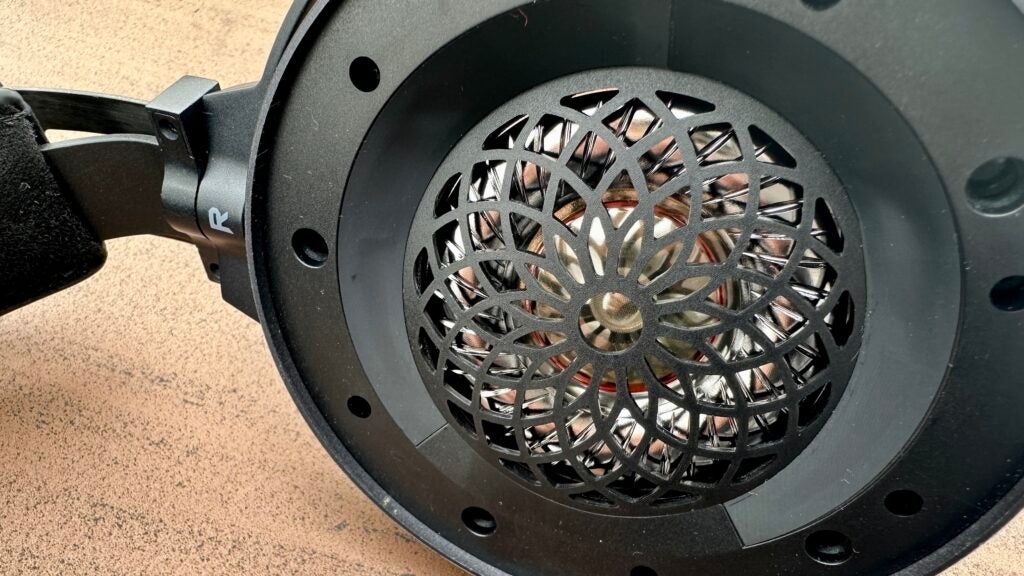
Switch to the protein leather-covered earpads and, in all honesty, the physical differences are more pronounced than the sonic differences. The suede earpads promote ear-heat, no two ways about it – and unless you’re from the Prince Andrew school of sweat-control you’re going to become uncomfortable sooner or later. The pleather alternatives are far, far slower to heat your head, and are ultimately more comfortable in the long run.
And while they diminish the low-frequency substance of the sound just a little, they add a touch of high-end sparkle and bite. So while these differences are not what you’d call ‘pronounced’, they are undeniable – and you get a degree of say into the sort of sound you end up enjoying.
Latest deals
Should you buy it?
You have the equipment to drive them efficiently: With sufficient power, the FT3 are a clean and entertaining listen. Without it, they’re less forthright (and quite a lot quieter)
You’re a brand snob: There are more venerable, more storied and more credible headphone brands than FiiO, of course. But that may yet change…
Final Thoughts
At first, it just seemed odd: a 21st century company with plenty of form where digital audio is concerned, deciding to serve up a pair of older-than-old-school wired headphones… But there’s no doubting FiiO’s determination or, it seems, expertise. The FT3 may not show up on the radar of the majority of folks searching for new headphones, but that doesn’t mean they’re not eminently worthy of attention.
How we test
We test every set of headphones we review thoroughly over an extended period of time. We use industry standard tests to compare features properly. We’ll always tell you what we find. We never, ever, accept money to review a product.
Find out more about how we test in our ethics policy
Tested for more than a week
Tested with real world use
FAQs
With a impedance rating of 350 ohms, you would need external amplification such as a DAC to drive these headphones and hear them perform at their best.
Full specs
The post FiiO FT3 appeared first on Trusted Reviews.
https://ift.tt/sLcQDRu




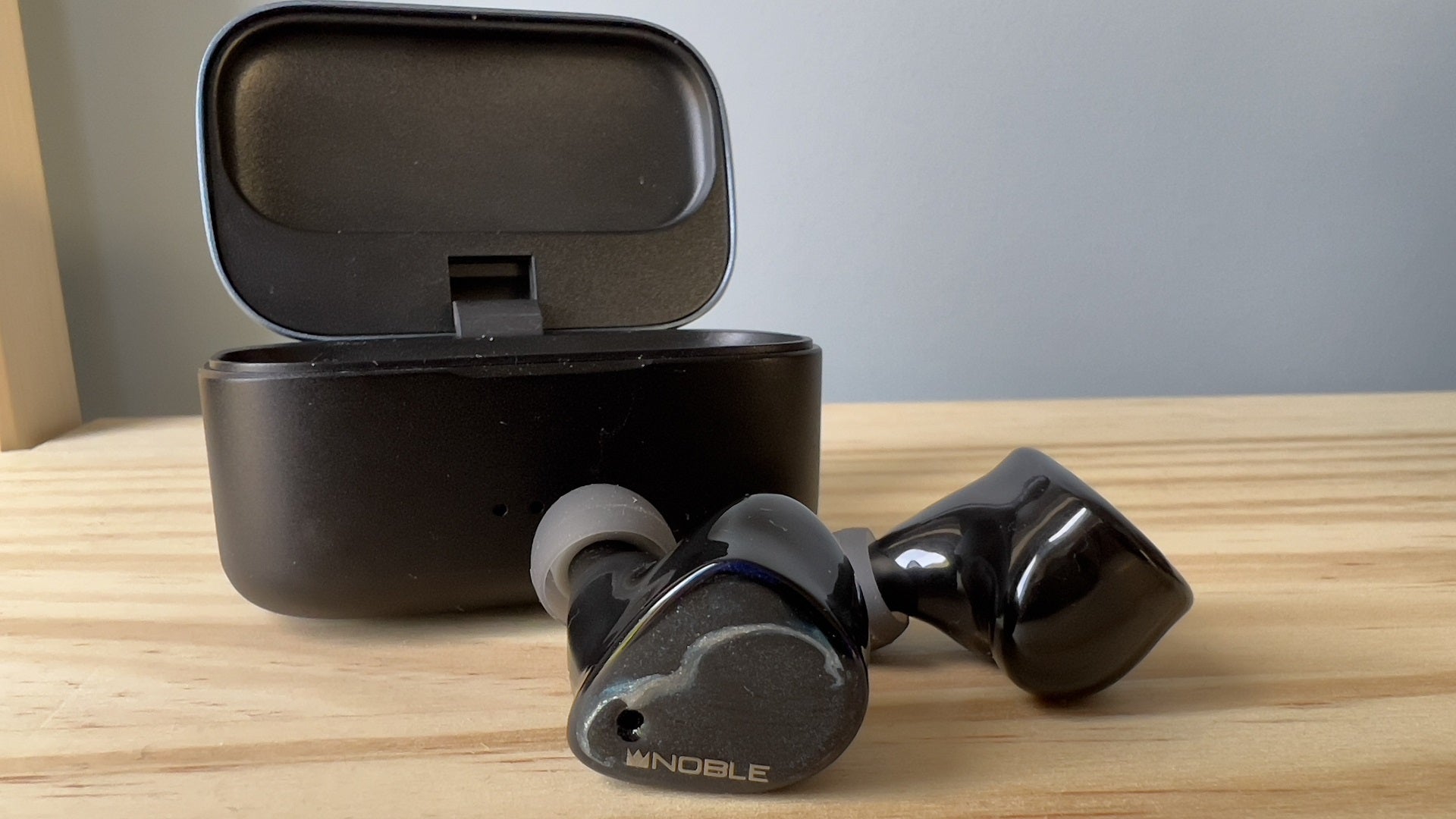

Comments
Post a Comment